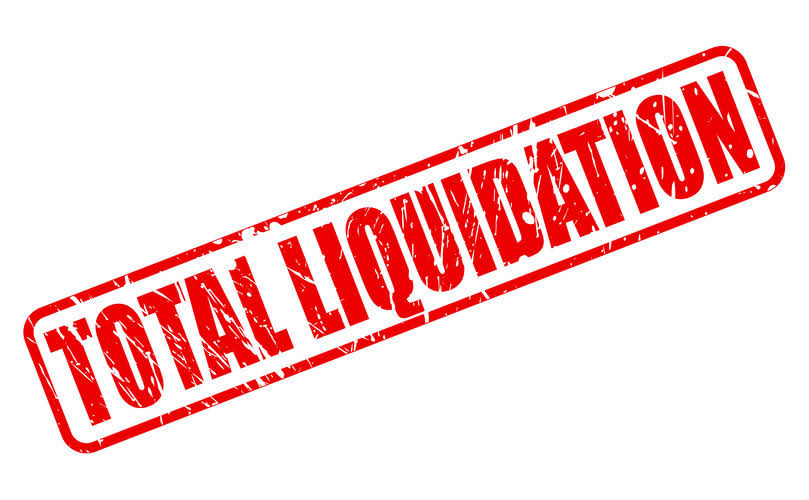
This overall limitation ensures that the 20 percent deduction isn’t taken against income that is already taxed at the lower capital gains tax rate. Her qualified business income is $150,000, so she subtracts $47,401 from $150,000 to get $102,599. H and W’s combined QBI is the lesser of 20% of QBI, https://www.bookstime.com/ $60,000, or the wage and capital limitation of $40,000, or $40,000. Combined QBI is $40,000 before applying the overall limitation of $90,000 (20% of $450,000). Thus, any wage and property limitation will be phased in by 30%. In other words, only 30% of any limitation computed will apply.
Example: Special Service Trade or Business Limitation Phase-in
However, if you have a net qualified PTP loss, it is netted against qualified REIT dividends in a separate netting calculation from the loss netting of the QBI Component. This could result in two separate loss carryforwards, one for the QBI Component and one for the REIT/PTP Component. Allocation of allowed losses limited by other Code sections. If you aggregated multiple trades or businesses into a single business, enter the aggregation group name. For example, Aggregation 1, 2, 3, etc., instead of entering the business name, and leave line 1(b) blank. If you choose to aggregate multiple trades or businesses, including or apart from any aggregations made by an RPE, complete Schedule B (Form 8995-A) before starting Part I of Form 8995-A.
Step 1 – Determine the qualified business income for each entity
To the extent a patron receives patronage dividends or similar payments from a cooperative, the patron must follow the additional special rules in section 1.199A-7 to calculate its QBID. Patrons that receive qualified payments from a Specified Cooperative are required to reduce their QBID as provided in section 199A(b)(7) (patron reduction). See Chapter 12 of Publication 535 for 2018 tax year PDFand Instructions for Form 8995-A for all subsequent years. Enter on line 1(c) the net qualified business income or (loss) for the trade, business, or aggregation reported in the corresponding row. Do not include here any losses or deductions suspended from use in calculating taxable income in the current year or any portion of qualified losses or deductions previously suspended by other Code provisions that are allowed in calculating taxable income in the current year.
Q66. If real estate is rented to a SSTB does that mean the rental real estate is also considered an SSTB?
A bid bond is a type of investment that guarantees payment to the bondholder if the bidder fails to follow through with the beginning of the project. This provides the owner of the project with some security that the bidder will abide by the contract after they are selected and that they have the financial resources to complete the project. Buyers can retract or cancel their bids on eBay in certain circumstances. You can cancel your bid if enter the wrong amount, when the seller makes a drastic change to the item’s description, or if the seller’s contact information is incorrect. Bids can also be retracted if there are more than 12 hours left in the sale.

Depending on the taxpayer’s income, the amount of PTP income that qualifies may be limited depending on the type of business engaged in by the PTP. A pass-through business is a sole proprietorship, partnership, LLC (limited liability company) or S corporation. The term “pass-through” comes from the way these entities are taxed. Unlike a C corporation, which pays corporate income taxes, a pass-through entity’s business income “passes through” to the owner’s individual tax return. In other words, the business passes through its income and deductions to the owners. The combined qualified business income deduction is less than the overall limitation, so the total QBID that Sam is allowed will be $41,000.

How the qualified business income deduction works
- The amounts reported on your Schedule K-1 as “QBI/Qualified PTP Items Subject to Taxpayer-Specific Determinations” from a partnership, S corporation, estate, or trust aren’t automatically included in your QBI.
- The more taxable income, the higher the reduction ratio, and the more the wage and capital limitations apply until they are fully phased in at $415,000 (or $207,500).
- The deduction is limited to the lesser of the QBI component plus the REIT/PTP component or 20 percent of the taxpayer’s taxable income minus net capital gain.
- The qualified business income deduction is limited to 20% of qualified business income.
- If another individual outbids you, eBay will let you know.
- This includes qualified items from partnerships (other than PTPs), S corporations, sole proprietorships, and certain estates and trusts that are allowed in calculating your taxable income for the year.
First, a business of the taxpayer will not be treated as a qualified business, and the income of the business of the taxpayer will not be included in QBI, if the business meets the definition of a specified service trade or business (see below). Thus, the Sec. 199A deduction will be denied in full for the business. Second, if a business is a qualified business (i.e., it is not a specified service trade or business), the deductible QBI amount for the business is subject to a W-2 wage and capital limitation. If a taxpayer has income below the lower threshold, calculating the Sec. 199A deduction is straightforward.
Q46. How is the patron reduction computed and what are qualified payments?
Income tax planning and strategy.Filing quarterly and annual taxes.Audit support.General financial and planning advice.Prior to joining the firm in 2015, Jeff was in the private sector where he held senior financial and management positions including Controller and Chief Financial Officer. He has experience across industries, including construction, technology and professional services which gives him a deep understanding of business. He is a diligent financial professional, able to manage the details and turn them into relevant business leading information. He has a strong financial background in construction, technology, consulting services and risk management. He also knows what it takes to create organizations having built teams, grown companies and designed processes for financial analysis and reporting. A 20% tax deduction will make a big difference in your taxes.

The specified service trade or business (SSTB) classification doesn’t come into play as long as total taxable income is under $182,100 ($364,200 if filing jointly). At higher income levels, the deduction for SSTBs is reduced and in some cases, eliminated. That said, not every eligible business automatically qualifies for the deduction. In particular, some types of service businesses (SSTBs) are disqualified once the taxable income on the return exceeds $232,100 ($464,200 if filing jointly). Sec. 199A creates a deduction based on an “artificial” calculation of business income instead of actual economic outlays required for most other business deductions.

If an interest in real estate fails to satisfy all the requirements of the safe harbor, it may still be treated as a trade or business for purposes of the deduction if it otherwise meets the definition of a trade or business. Much of the Sec. 199A deduction’s complexity comes from congressional concerns of potential abuse. Undoubtedly, more administrative guidance will be issued to further define and clarify the law’s parameters (e.g., cloudy areas such as “reputation and skill” and definitions of specified service trades or businesses).
Q32. I am a partner in several partnerships, how do I know what qualifies for the deduction?
S corporations and partnerships are generally not taxable and cannot take the deduction themselves. Include here the qualified portion of PTP (loss) carryforward allowed in calculating taxable income in the current year, even if the loss was from a PTP that you no longer hold an interest in or is no longer in existence. Losses and deductions that remain suspended by other Code provisions are qbid not qualified losses and deductions and must be tracked separately from any qualified trade or business losses for use when subsequently allowed in calculating taxable income. Include here the qualified portion of trade or business (loss) carryforward allowed in calculating taxable income in the current year, even if the loss was from a trade or business that is no longer in existence.